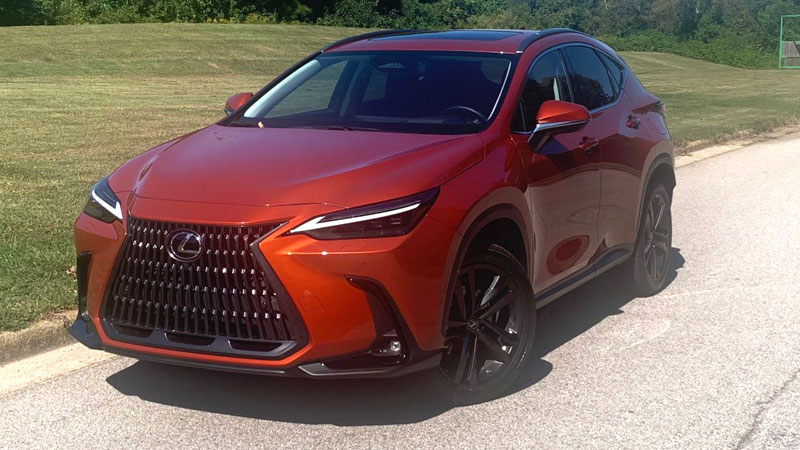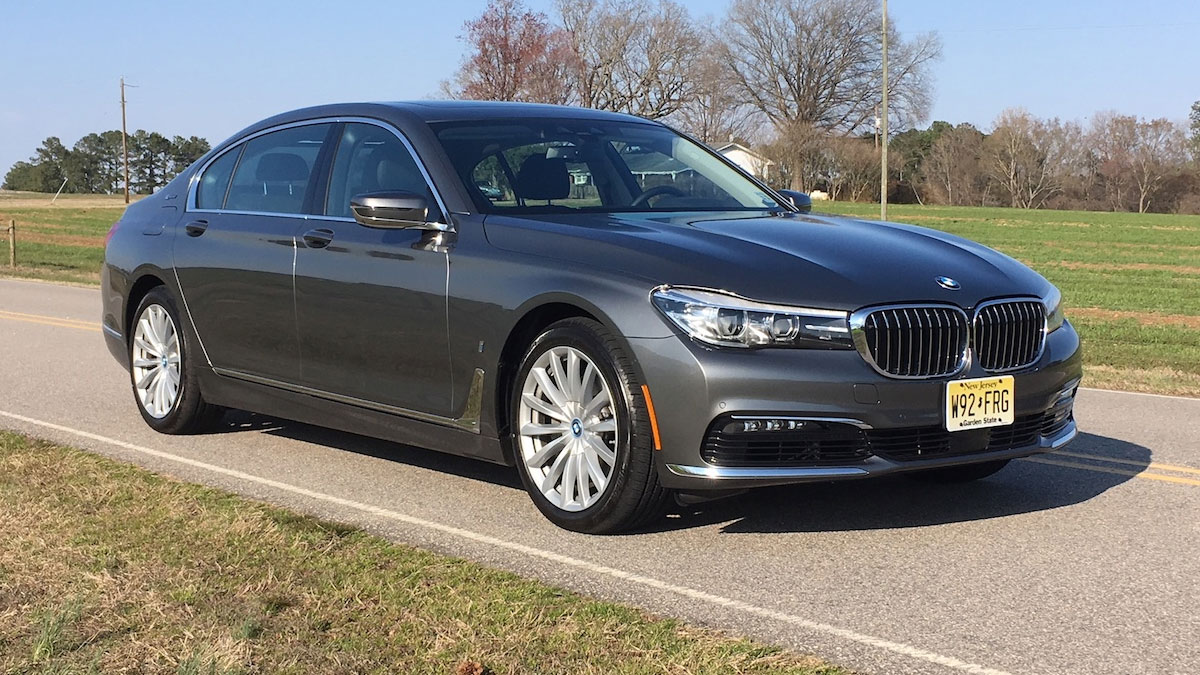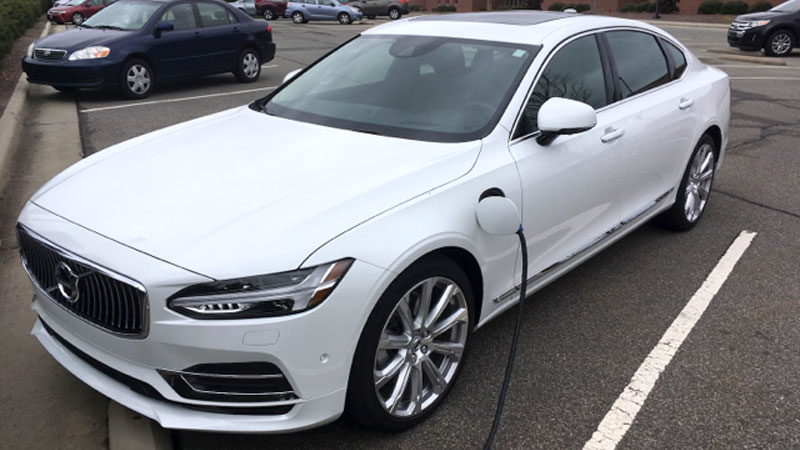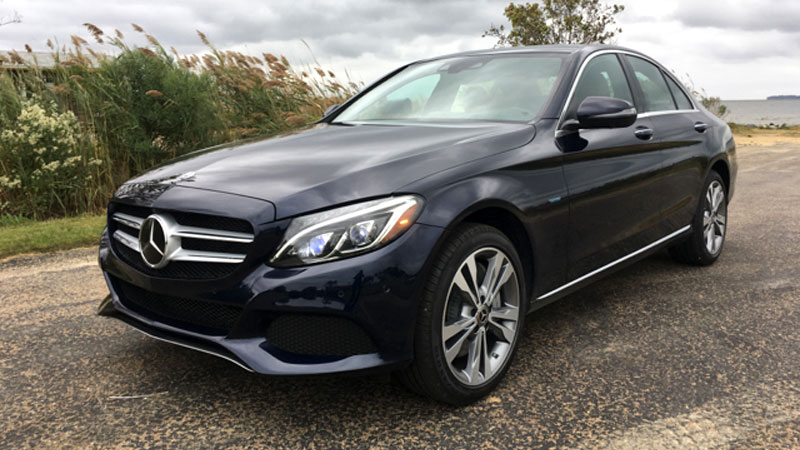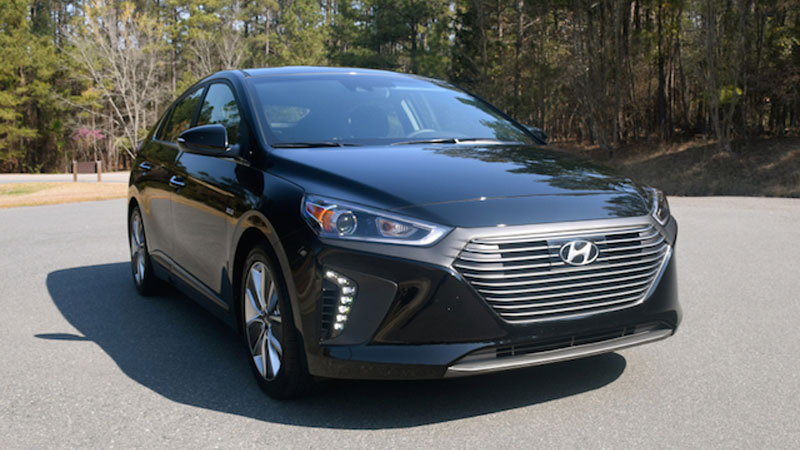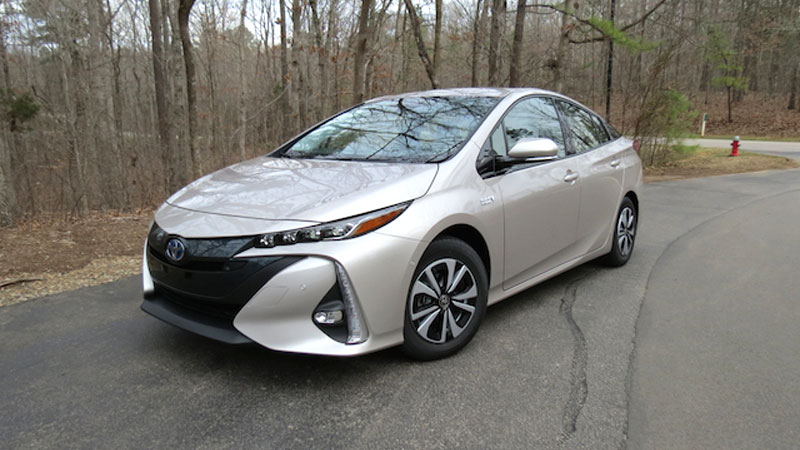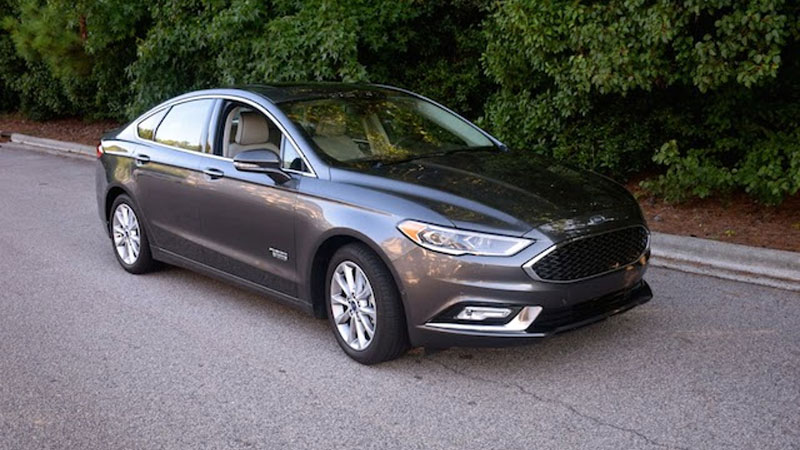2023 Lexus NX 450h+ (Forgettable Name, Memorable Experience)
Lexus’ compact NX was overhauled in 2022 and carries forward for 2023. Its style, amenities, and safety features are among its strong suits, while a pair of hybrid choices set this model apart in a crowded segment. Our test plug-in hybrid model blends performance with efficiency, a combination that we … Read more

